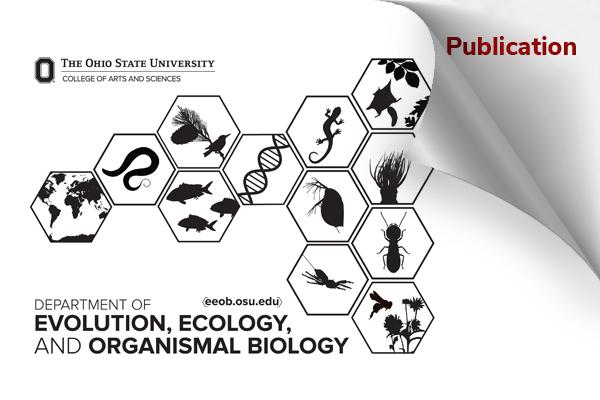EEOB Publication - Pennock

Lake Powell Fish Sampling: Glen Canyon Dam Forebay Area, 2022 and 2023
Phaedra Budy and Casey Pennock. 2025. Browse all Datasets. Paper 240. DOI: 10.26078/mwwq-c034
Description
Native fishes face imperilment due to habitat loss and fragmentation, megadrought, invasive species, and synergies amongst threats. These threats coalesce at Glen Canyon Dam (GCD), which impounds the Colorado River to create Lake Powell, a reservoir inhabited by a suite of nonnative fishes. Water level in Lake Powell has declined precipitously due to water overallocation and megadrought, increasing the risk of nonnative fish entrainment through the dam, as the penstocks draw water from the epilimnion. Our goal was to characterize the distribution and abundance of nonnative fishes in the vicinity of GCD and identify environmental conditions that may increase entrainment. We used active and passive sampling, hydroacoustics, and acoustic telemetry to assess the distribution and abundance of fishes. When the reservoir was stratified fish remained in the epilimnion, were present near the GCD penstocks, and thus at high risk of entrainment. When the reservoir was mixed, fish generally occupied shallower, warmer areas further from GCD, but this varied among species. The distribution of nonnative fish and accompanying risk of entrainment varies by season and epilimnion depth. Retaining more water in Lake Powell to draw water from below the thermocline would reduce the risk of nonnative fish entrainment into Grand Canyon.
